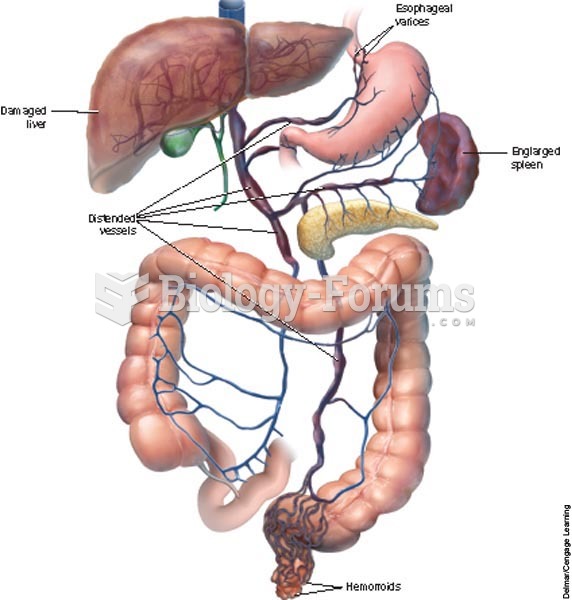Answer to Question 1
2
Rationale 1:A nutrition consult is not recommended as the client has already decided to add fruits and vegetables to their diet.
Rationale 2: The client has implemented positive lifestyle changes. Therefore, the prescriber may reduce the medication based on the changes and the blood pressure.
Rationale 3:A weight check would have been part of the visit.
Rationale 4:A smoking cessation program would be indicated if the client smoked. The client does not smoke.
Global Rationale: For many patients, implementing positive lifestyle changes may eliminate the need for pharmacotherapy altogether. Because all blood pressure medications have potential adverse effects, it is important that patients attempt to control their disease through nonpharmacologic means to the greatest extent.
Answer to Question 2
1, 3, 5
Rationale 1: Three factors are responsible for determining pressure: cardiac output, peripheral resistance,and blood volume.
Rationale 2:Urine output is not associated with blood pressure.
Rationale 3:Three factors are responsible for determining pressure: cardiac output, peripheral resistance,and blood volume.
Rationale 4:Ventricular filling pressure occurs during the cardiac cycle. It is not responsible for blood pressure.
Rationale 5: Three factors are responsible for determining pressure: cardiac output, peripheral resistance,and blood volume.
Global Rationale: Three factors are responsible for determining pressure: cardiac output, peripheral resistance, and blood volume. Cardiac output is the volume of blood pumped per minute. Drugs that change the cardiac output can affect a patient's blood pressure. Peripheral resistance is the dragging or friction in the arteries. When the arteries are constricted, the diameter becomes smaller resulting in more resistance and a higher blood pressure. Blood volume is the total amount of blood in the vascular system. More blood in the vascular system will exert additional pressure on the walls of the arteries and raise blood pressure.







